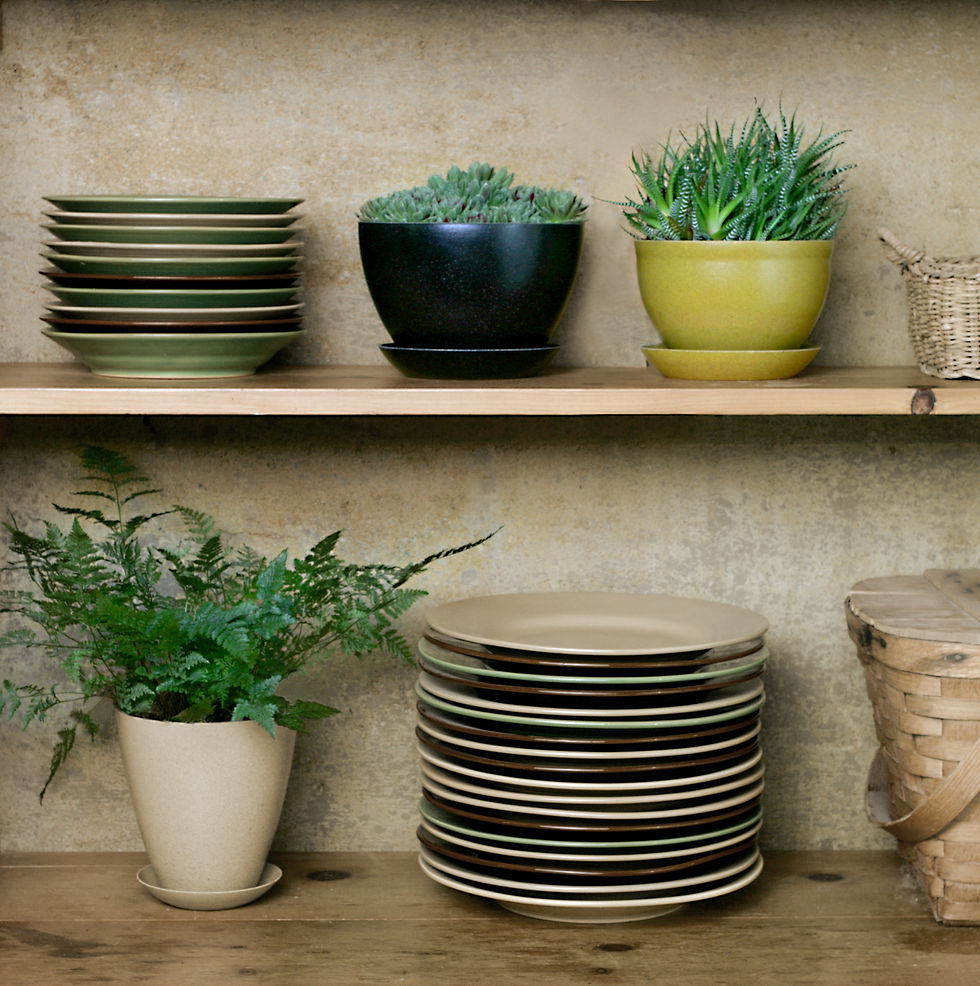How to Care for Plants in Low-Light
- vanessa5837
- Aug 14, 2024
- 2 min read
Keeping indoor plants can be challenging, especially when your rooms don’t have much natural light, or if you want to fill up a space that doesn’t have access to window light. Luckily, there are ways your indoor plants can thrive, no matter how much natural light your home lacks. Follow these low-light plant care tips for successful growth and maintenance.

Choose shade-loving plants
Plants like snake plants, ferns, certain types of palms, and peace lilies thrive in low light. You have much better chances of having healthy plants in low light situations with these varieties.
Monitor watering and don’t overdo it
In rooms with low humidity and low light, there is less evaporation, therefore less watering is needed. Overwatering can hurt a plant just as much as underwatering. Watch for yellowing and wilting leaves as signs of possible root rot. For many indoor plants, when the soil is dry one inch under the surface, it’s time to water. You can also purchase a moisture meter to help determine optimal soil moisture and watering schedules.

Rotate plants for even growth
Rotate plants that receive window light to prevent uneven growth. Depending on whether they are shade-loving or sun-loving, they may want to begin growing either toward or away from the light, so regular rotation will keep their natural shape and prevent them from leaning too far in one direction.
Grow lights
If you’re set on having those light-loving plants in a dark space, you can invest in grow lights. LED lights are energy efficient, cost-effective, and provide UV light just like the sun.

Aeration through soil and proper containers
Choose a soil that is not overly compacted and allows for proper aeration. With cactus and succulents, you may need a very loose or sandy soil. The proper container material is vital. Avoid plastics as they hold moisture in too long. EcoForms rice hull pots are entirely natural, allowing oxygen to reach the roots better than plastic, and they are waterproof. They generally last longer than plastic pots, and they are zero-waste.





